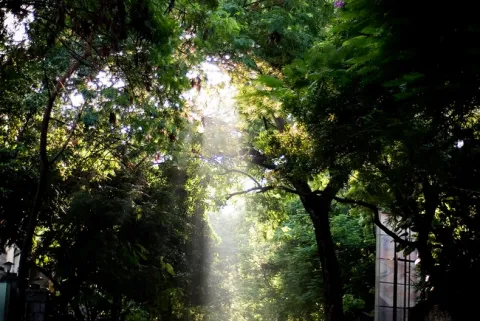
Understanding the microclimates within your garden can unlock new possibilities for plant growth and diversity. Microclimates, small environmental pockets within a larger area, significantly influence the success of your home garden.
As you wander through your garden, subtle variations in sunlight, moisture levels, wind exposure, and structural elements become apparent. These variations create microclimates that can determine whether a plant merely survives or thrives.
Sunlight is a key influencer of microclimates. Different garden sections receive varying sunlight due to structures, trees, or fences. Strategic placement, such as planting sun-sensitive species on the east side of a structure for morning sun protection, can make a crucial difference. Trees create shaded areas, while open spaces ensure all-day sunlight.
Moisture levels vary across the garden, influenced by factors like downspouts, slopes, and soil composition. Identify wetter spots for water-loving plants like hydrangeas and drier areas, such as slopes, for plants preferring dry conditions.
Structural elements like stone walls and concrete pathways can create unique microclimates by absorbing and releasing heat. This effect can protect frost-tolerant plants during winter, providing a cozy haven for them to thrive.
During your next garden stroll, take note of potential microclimates and consider planting options. Embracing the micro-diversity, no matter how small, expands your gardening horizons beyond imagination. Think about maximizing the use of your microclimates this gardening season.

